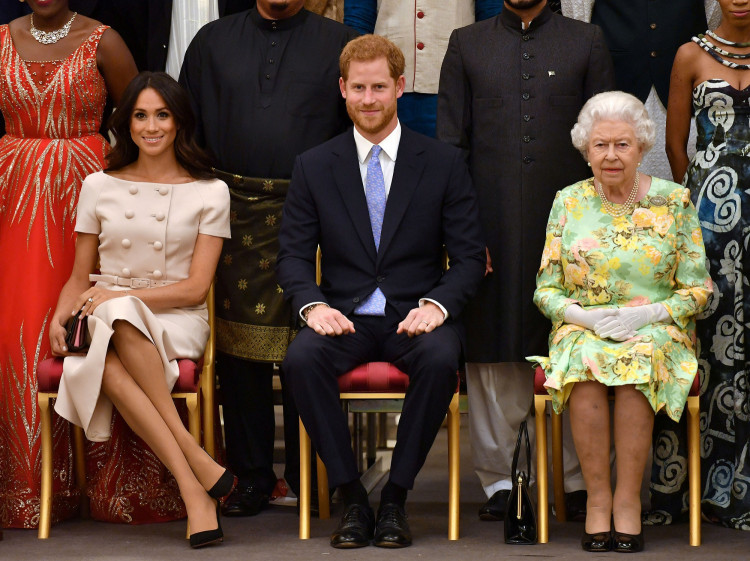Meghan Markle's marriage to Prince Harry in May 2018 was one such event, watched by millions around the globe, captivated by every detail, including the bride's wedding attire. However, a new book by royal author Ingrid Seward reveals that not all were enchanted by the choices made for the grand day, most notably Queen Elizabeth II, who harbored reservations about the Duchess of Sussex's Givenchy wedding gown.
The book, titled "My Mother And I," delves into the complexities of royal relationships and perceptions, uncovering that the late Queen Elizabeth found Meghan's choice of a stark white dress for her second wedding not entirely fitting.
"In the monarch's view, it was not appropriate for a divorcee getting remarried in church to look quite so flamboyantly virginal," Seward writes, shedding light on the nuanced expectations within royal circles regarding tradition and decorum.
The Duchess of Sussex, previously married to Hollywood producer Trevor Engelson, chose a simple yet elegant white Givenchy gown for her Windsor wedding, a decision that, according to Seward, did not align with the Queen's views on bridal attire for those remarrying.
This perspective harks back to historical precedents within the royal family, notably the marriage of Wallis Simpson to Edward VIII, where Simpson, also a divorcee, opted for a pale blue dress rather than traditional white.
The late Queen's discreet criticism, relayed through her cousin Lady Elizabeth Anson, was succinct yet telling: the dress was "too white." This two-word critique encapsulates the weight of tradition and the subtle boundaries within which royal family members are often expected to navigate.
Despite the Queen's personal reservations, Meghan's wedding proceeded with Prince Charles stepping in to accompany her down the aisle, a gesture that filled the gap left by Meghan's father, Thomas Markle.
Prince Charles's involvement, while a solution to an unexpected predicament, was another aspect of the wedding that reportedly caused concern for the Queen, particularly given his recent hip replacement surgery. Yet, beyond the intricacies of the ceremony and attire, the book hints at deeper currents of familial affection and concern, with the Queen's initial fondness for Meghan giving way to a resignation shaped by subsequent events and decisions made by the Duke and Duchess of Sussex.
As royal author Ingrid Seward navigates these personal and public narratives, her book offers a glimpse into the complex interplay of personal preferences, royal protocol, and the enduring bonds of family, even in the face of disagreement and change. The revelations about the Queen's views on Meghan's wedding dress add another layer to the rich history of Britain's royal family, illustrating the challenges of upholding tradition while embracing the evolving dynamics of modern royal life.






